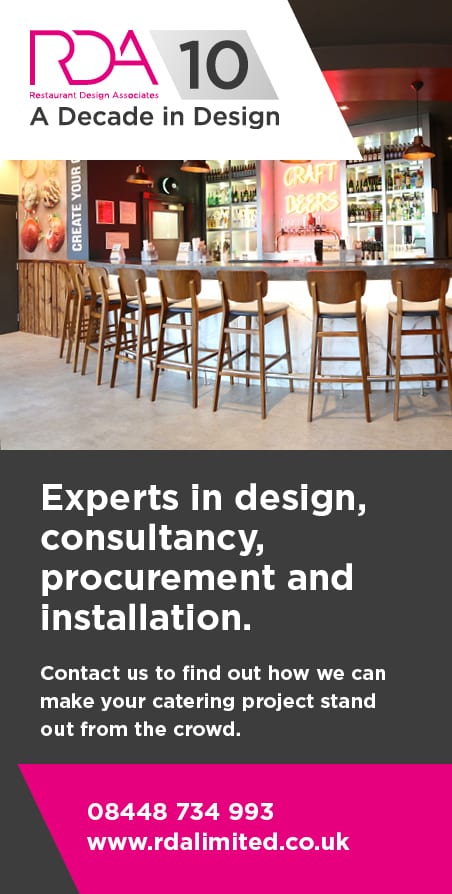I recently took what was expected to be a post-Brexit trip to Germany on a rare excursion abroad for this column. By the date of travel, we were still in the EU.
Our party gathered at the Eurostar terminal at St. Pancras in London (next to Kings Cross) and used the Deutsche Bahn ICE service from Brussels via Cologne to Frankfurt. Leaving London at 0857, we arrived at Frankfurt at 1516. Frankfurt is the fifth largest city in Germany, with only 750,000 inhabitants, but is the major financial centre of the country. It has a twin city arrangement with Birmingham. Frankfurt has its own large Christmas Market in the old town, and the new old town which is an extension using buildings which look like they are ancient, but have been built recently using traditional skills.
It grew as a result of medieval trade fairs, and the first currency exchange for traders was established in 1585 with uniform exchange rates for the various types of money traded at the fairs. A city state for years, its St. Pauls church was used for the first parliament of the new German state in 1848, and it is home to thirty museums in a burgeoning cultural quarter. Now, 90% of trades on the stock exchanges are done in the city. 14 of the 15 skyscrapers in the country are in Frankfurt, which is the HQ of many banks and the European Central Bank. On an evening guided tour around the city, we saw the large illuminated blue Euro sign, studded with twelve gold stars to represent the founding members of the EU. We were not one of the first 12 countries, so they wont have to take one off if/when we leave!
We had a meal inside one of the restaurants in the Christmas Market area, including the apple wine which seems more popular than beer. We returned to our hotel, the new Hyatt Place, on the S Bahn (suburban railway) and a shuttle bus from the airport station, where we had first arrived. Great excitement there, for on December 15 there is a new S-Bahn station opening adjacent to the hotel called Gateway Gardens which will make that business park one of the best connected in the country, and therefore in Europe. The new station will be the first in Germany to bear an English name. Incidentally, that date is also the day for timetable changes in Britain, on the second Sunday in December.
On the second day I wanted to see a bit more of the city, using the mix of underground trains, the U-Bahn, with nine lines, the S-Bahn, nine suburban lines, and the Strassenbahn or street trams with ten lines. The local buses were on strike. The picture shows a tram approaching the station at the Messe, where trade fairs are now held, showing the green carpet that many of the tram lines run on. Underground trains run in tunnels in the centre, but in the suburbs they run on reserved trackways or on the street. The city is justly proud of its public transport system which has been heavily invested in over the years. Owing to the cancellation of a high speed ICE train on the way back we sampled the rival Thalys service from Cologne to Brussels and passed over the UK Border in Brussels Midi station before boarding the new Eurostar train via the Channel Tunnel on the way home.


